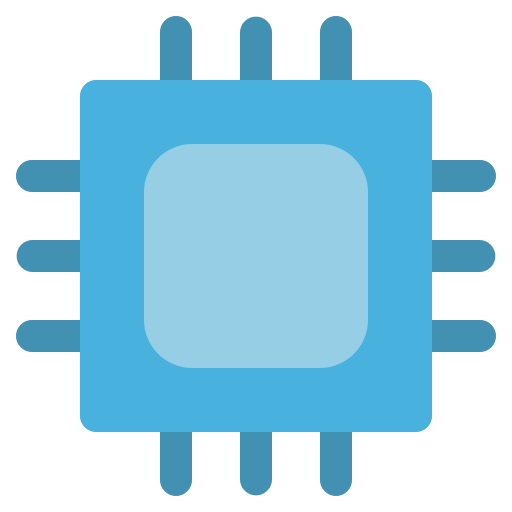

on YouTube (on my TV, still need to get a piHole up and running
Unfortunately that won’t help. The Youtube ads are served from the same domains as the videos, so a DNS based blocker is inherently powerless.


on YouTube (on my TV, still need to get a piHole up and running
Unfortunately that won’t help. The Youtube ads are served from the same domains as the videos, so a DNS based blocker is inherently powerless.


you can only run executables on the primary boot partition
lol
Have you tried asking ChatGPT or Gemini ?
lmao


That was a rhetorical question after I pointed out the inconsistency: The author claimed they keys were for verification and then also said they were used to decrypt.
That’s most likely bullshit, and if it isn’t they should explain the unusual setup in detail instead of glossing over it.


Yeah agreed especially further down when it’s just randomly rehashing old history. It’s also mixing up decryption and verification even in the beginning of the article. First they write:
BootROM (Level 0): The CPU runs code burned into it at the factory. This code is immutable (cannot be changed). It uses the ROM Keys to verify the signature of the next loader.
Then just two paragraphs below:
The ROM Keys change everything. With these keys, hackers can decrypt the Level 1 Bootloader.
So which is it? Usually bootloaders in a chain hash the next stage. That hash is compared with the signed hash the stage presents, and the signature on the signed hash is cryptographically verified against the locally stored trusted keys. No encryption or decryption takes place. Maybe this is different for the PS5 but then that would be noteworthy, not something you just assume readers to know.


Emergency thermal shut-off is a very common function in various pieces of computer hardware. And if throttling doesn’t help it should indeed shut down, rather than cause damage.


Since the graphic is counting sales in units sold I guess free to download “live services” wouldn’t really appear.
Would be interesting to see the same counting revenues.


No idea, since I have no way of knowing how the second hand market around you looks like. I just looked for a similar (in performance) card, not of the newest gen so there would hopefully be some used models around.


You’re re-opening the microkernel vs monlithic kernel debate with that. For fun you can read how Andrew S. Tanenbaum and Linus Torvalds debated the question in 1992 here: https://groups.google.com/g/comp.os.minix/c/wlhw16QWltI


Maybe the RX 7600 XT.
It’s in the second to latest generation (7000 not 9000), should be slightly faster than a GTX 1080, and doubles the VRAM capacity to 16 GB so you wouldn’t be in danger of running into limitations with that too soon.


No, they are in the electronics manufacturing and assembly business, not in semiconductor fabrication.
That’s what makes the entire rumour ridiculous to me


FAB
Fab isn’t an initialism, by the way, just an abbreviation of fabrication.
Me too. I used to use 1990-01-01, until I noticed that suddenly people from the early 2000s are adults too.


Good analogy. It also brought to mind the bumpers you can enable for kids in bowling.


When I was a child I used to ask my dad to input the invulnerability cheat in Doom. I was way too bad at movement, aiming and basically just everything, that I could have had fun otherwise. Likewise for Anno 1602, there I needed the money cheat because otherwise I’d just go bankrupt. I didn’t understand the income balance yet but I still had fun building economy chains.
I’m not sure I have a point here. Just remembered cheating as a child because I needed it. Probably haven’t cheated in 18 years now.


Yeah they are fun!
Also pretty easy I’d say.


Two that I run for our little group outside the ones you mention are Space Engineers and Valheim
Edit: Space Engineers is a little annoying though, you either have to use some emulated / translated setup, (I think I saw some being cobbled together by others), or you have to run a Windows Server VM.


Yes there is also device managment for them. Our company uses Jamf. Not sure how it compares to AD group policies in power but some restrictions, settings and updates get pushed on the regular.


I wonder how long it will take until they all start using DoH and conveniently make the TV fail if it’s blocked…
But it does say right on that page:
Take note that the network request logger in uBO is a forward-looking logger: this means only future requests can be logged.
In the spirit of efficiency, uBO will log entries IF AND ONLY IF the logger is opened. Otherwise, if the logger is not opened, no CPU/memory resources are consumed by uBO for logging purpose.
Can confirm, Firefox with uBlock Origin works. The OS doesn’t seem to matter. I use that combination on Linux (Fedora 43), Windows (10), macOS (15) and Android (16), no YouTube ads anywhere.